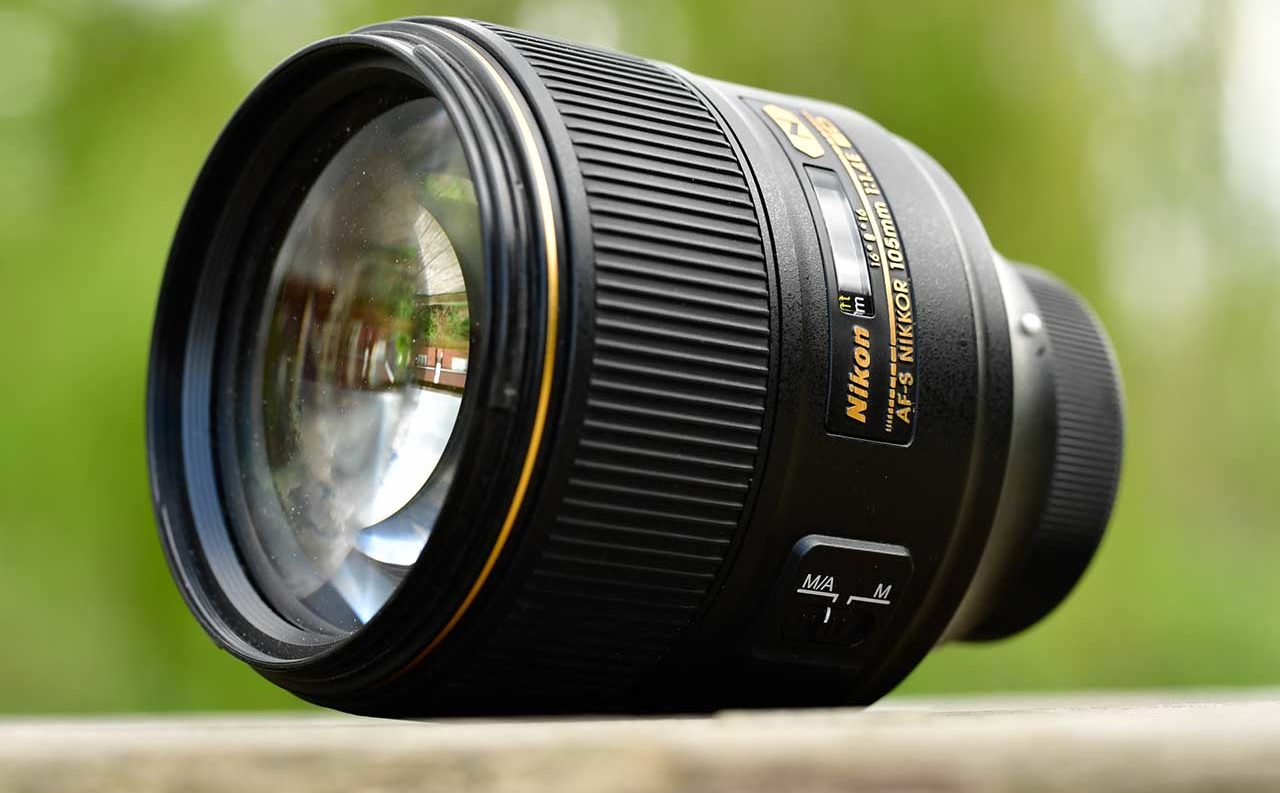Introduced in mid-2016 the AF-S Nikkor 105mm f/1.4E ED (Nikon 105mm f/1.4) remains the fastest-aperture 105mm lens currently available. Designed specifically for the FX frame mount, the Nikon 105mm f/1.4 works on all full frame Nikon DSLRs.
It’s also compatible with the majority of newer Nikon APS-C DSLRs, where it offers an equivalent 158mm focal length and full autofocus performance thanks to its built-in AF-S autofocus motor.
Combining a mid-telephoto focal length and super fast f/1.4 maximum aperture, the Nikon 105mm f/1.4 is highly desirable for portraiture and low-light photography.
Other features include Nikon’s latest electromagnetic aperture system (E), three Extra-low Dispersion lens elements (ED) to help control chromatic aberration, flare and ghosting, as well as Nikon Nano Crystal Coating (N) to boost contrast.
Key Specifications
- 105mm prime lens
- f/1.4 – f/16 aperture range
- AF-S autofocus motor
- FX lens mount (DX compatible)
- 82mm filter thread
- 1m minimum focus distance
- 94.5x106mm (DxL)
- 985g
- Price: £1850
Snap Verdict
Let’s get this out of the way early; I love this lens. I shoot a lot of portraiture and events in low light and the 105mm rarely comes off my D5. The image quality is very good, with edge-to-edge sharpness even at f/1.4, beautiful bokeh, as well as minimal distortions, chromatic aberrations or flare.
Whilst it’s not particularly small or light, it’s well-balanced on larger DSLRs and it’s easier to shoot handheld and transport than larger 200mm and 300mm lenses, so it goes everywhere with me.
Coming in at a price tag of £1850, the Nikon 105mm f/1.4E ED is not cheap, pushing it towards the pro and very-serious enthusiast market. But you get a lot of lens for your money and it’s difficult to put a price on image quality this good.
Performance
Packing in large glass elements to achieve the focal length and maximum aperture, autofocus performance isn’t quite as snappy as some other lenses. That said, it’s far from bad, and perfectly adequate for most subjects, especially portraiture.
There’s a large focus ring, and fulltime manual focus override via the M/A focus switch on the lens barrel, which can help speed up focusing. The focus distance window is also useful on occasion if you’re looking to pre-set a focus to a specific distance.
There’s no image stabilization – Vibration Reduction (VR) in Nikon speak – which I assume would have made the lens bigger, heavier and more expensive than Nikon thought was wise.
Arguably you don’t really need VR on a lens like this, as you’re unlikely to drop below 100th of-a-second shooting portraits.
However, as it’s a big and heavy combo on the D5, steady handholding is challenging, especially over a prolonged period. So even using standard-flash sync-speeds up to a 1/200th, VR would help improve sharpness a bit I think.
Build quality is ok, featuring the metal lens mount and plastic barrel we’ve become used to on modern Nikkor lenses.
A magnesium alloy barrel to protect all that chunky glass would be nice, but again would have probably made the 105mm f/1.4 too heavy and expensive.
Sharpness & Bokeh
The Nikon 105mm f/1.4 is edge-to-edge sharp at all aperture settings. So, if you want to shoot f/1.4 and place the principal subject towards the edge, with some out-of-focus negative space to the side, no problem, it’ll be sharp.
Shooting with wide apertures and towards the lens’s minimum 1m focus distance, the depth-of-field is extremely narrow, so the focus drops off very quickly. You can see in our champagne shot below, only the rims of some flutes are sharp, but it makes for a lovely creative effect.

Nikon 105mm f/1.4 mounted on the D5. Exposure 1/100th, f/2, ISO 500

Nikon 105mm f/1.4 mounted on the D5. Exposure 1/640th, f/1.4, ISO 50
Step back a little, so you’re no longer towards the minimum focus distance, but keep shooting at f/1.4, and there’s greater depth-of-field and sharpness on the principal subject, but the background still offers that gorgeous bokeh with a dream-like quality.
Whether you’re shooting people or products, anything really, the wider apertures really isolate the primary subject from the background. The quality of the bokeh, or background blur, is really something to behold with lovely smooth graduations.

Nikon 105mm f/1.4 mounted on the D5. Exposure 1/1000th, f/1.4, ISO 50 (left) + 1/125th, f/2, ISO 400 (right)
The shape of the spectral highlights and quality of the background on this low-light portrait is just amazing. It looks like it’s shot on a film set, when in reality it’s just the city centre.
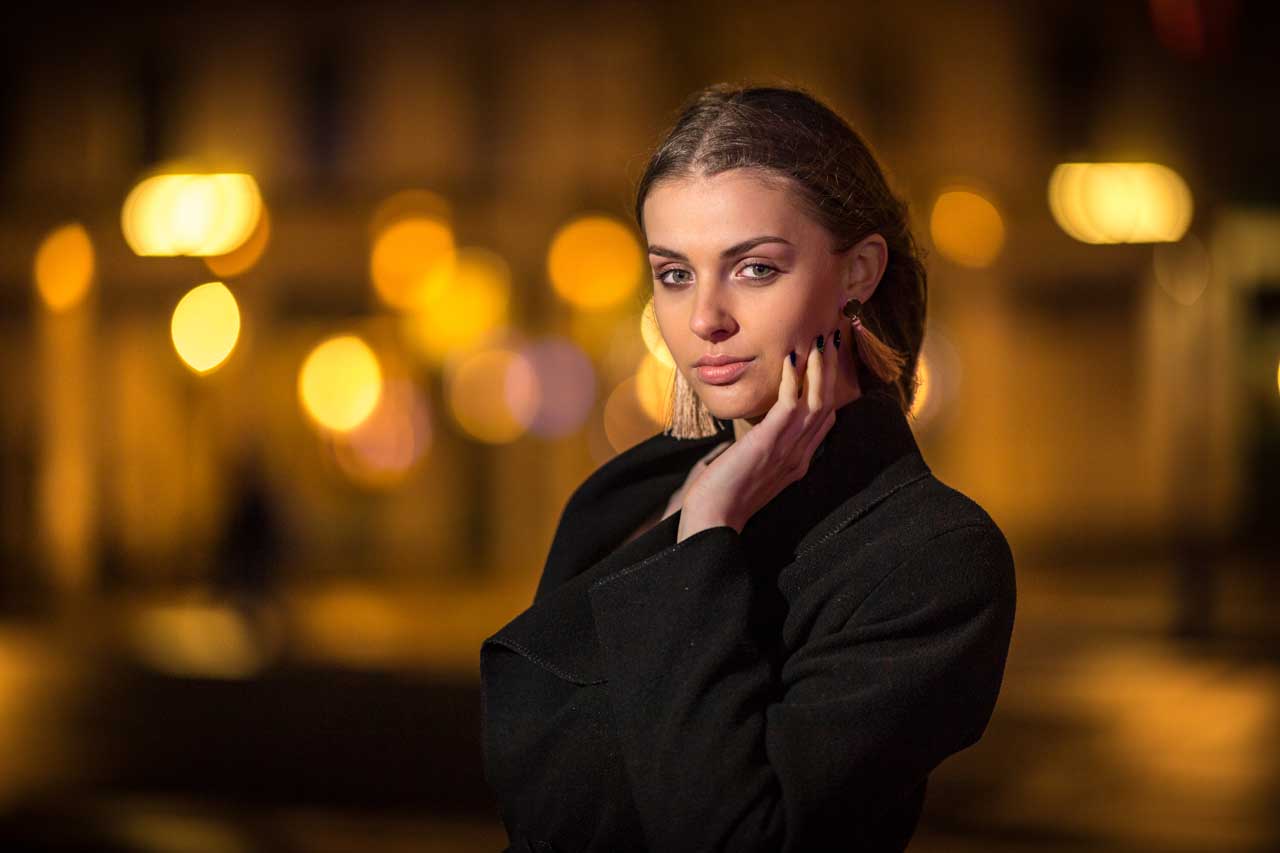
Nikon 105mm f/1.4 mounted on the D5. Exposure 1/125th, f/1.4, ISO 400
Closing down the aperture a stop or two can help ensure you get a little more of your portrait in sharp focus, and increases overall sharpness, but the backgrounds remain very pleasant.
It’s not just about the bokeh though. The mid-telephoto focal length ensures I can still frame up tightly from a little distance away, so I’m not on top of my subject. The wider aperture settings also helps me achieve faster shutter speeds in all lighting conditions.
For example, shooting a gig, I don’t need to be in the mosh-pit (there was no photo-pit at this gig) to get a tight composition, f/4 gave good overall sharpness and I could use a fairly fast shutter speed to freeze the action, without having to bump the ISO too much.
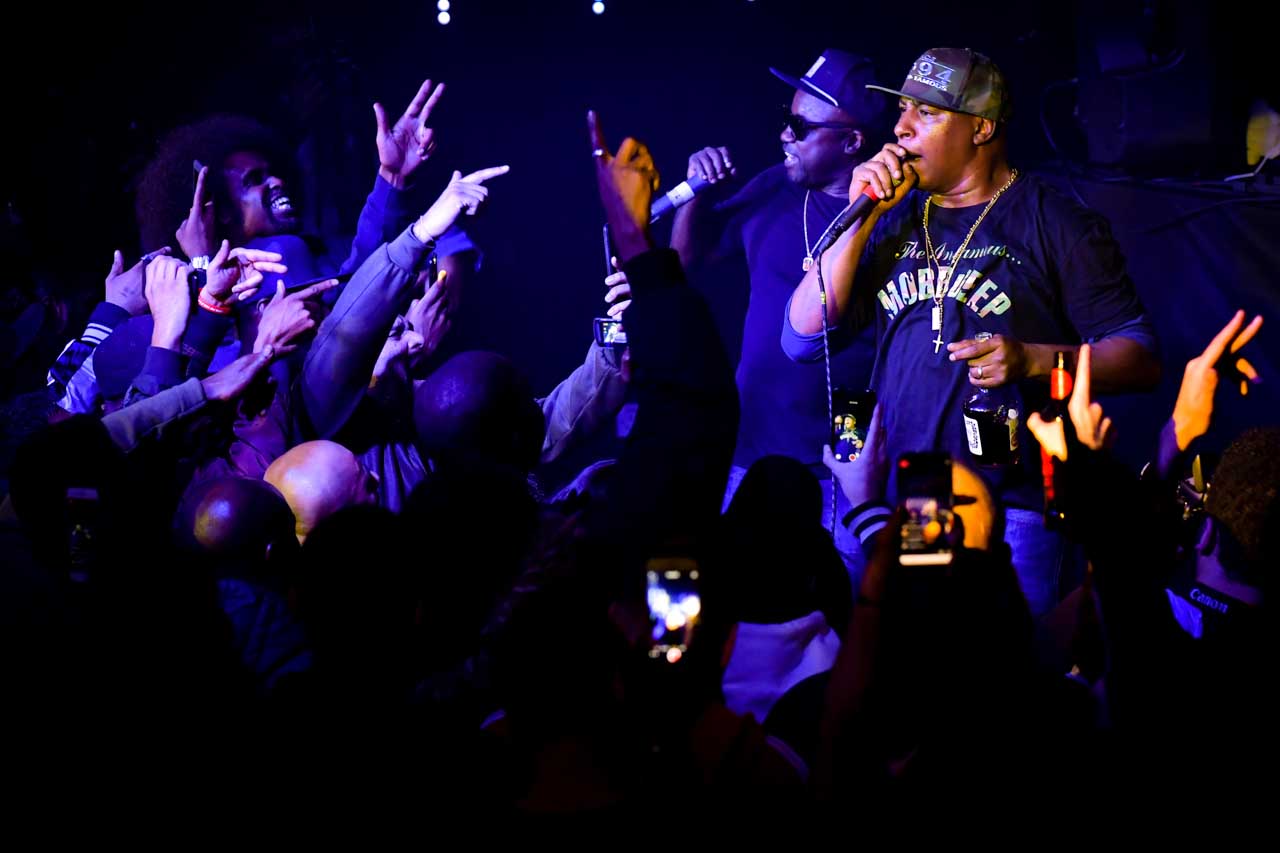
Nikon 105mm f/1.4 mounted on the D5. Exposure 1/320th, f/4, ISO 3200
Shooting in very bright light I can achieve incredibly fast shutter speeds to freeze the action.
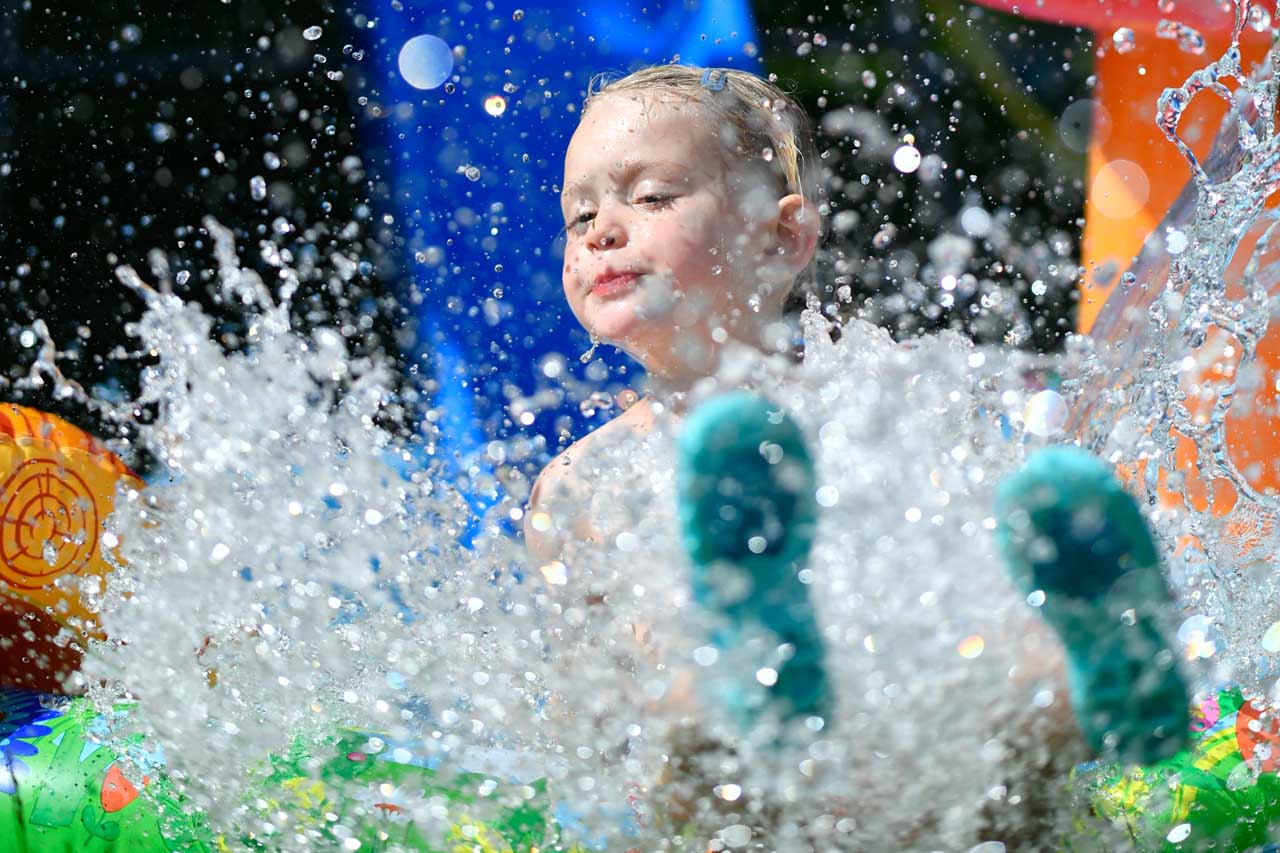
Nikon 105mm f/1.4 mounted on the D5. Exposure 1/6400th, f/2, ISO 100
Artifacts
As you’d expect for a prime lens of this focal length, distortions, such as barrel or pin-cushion are very well controlled, so you can expect lines to be straight.
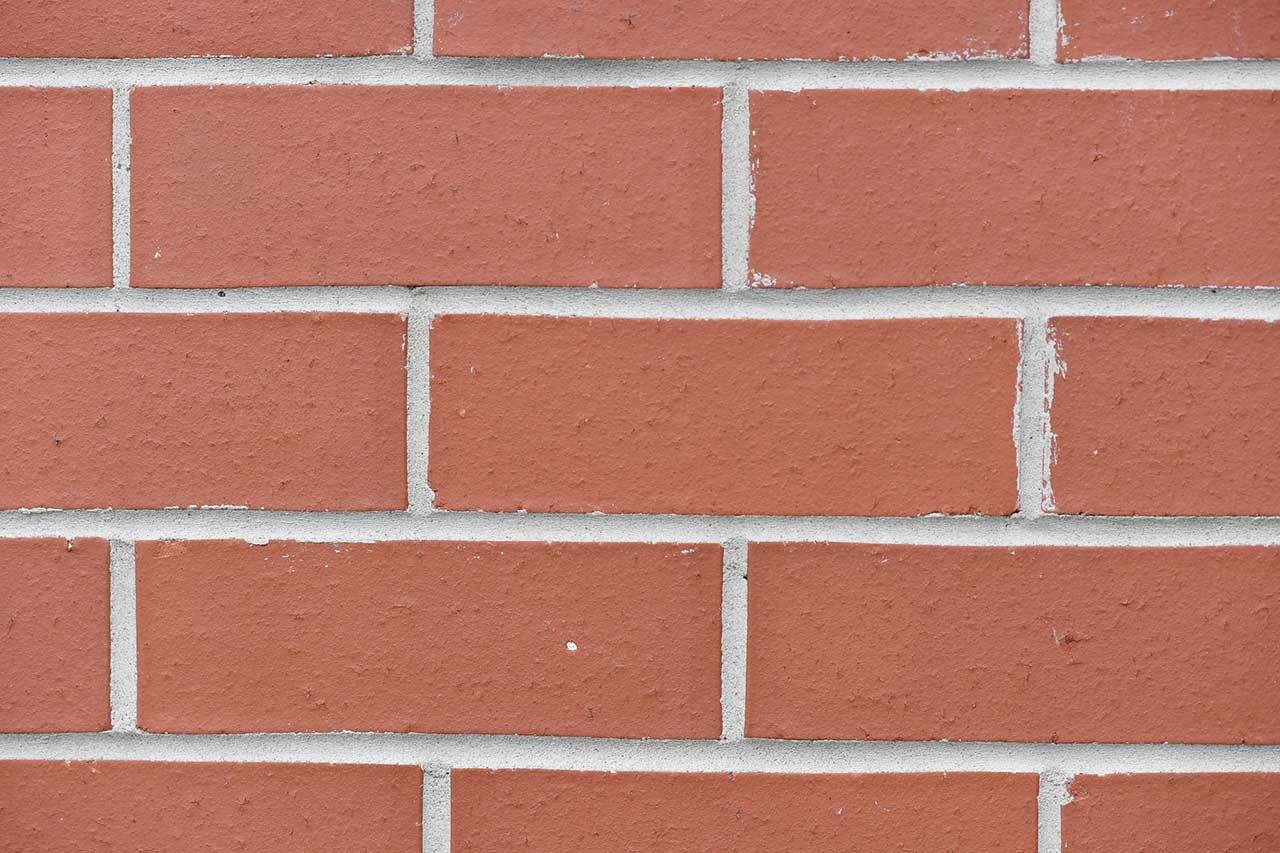
Nikon 105mm f/1.4 mounted on the D5. Exposure 1/250th, f/4, ISO 100
The three Extra-low Dispersion (ED) elements help control flare really well – with none to be seen, even shooting straight into the bright sunlight.
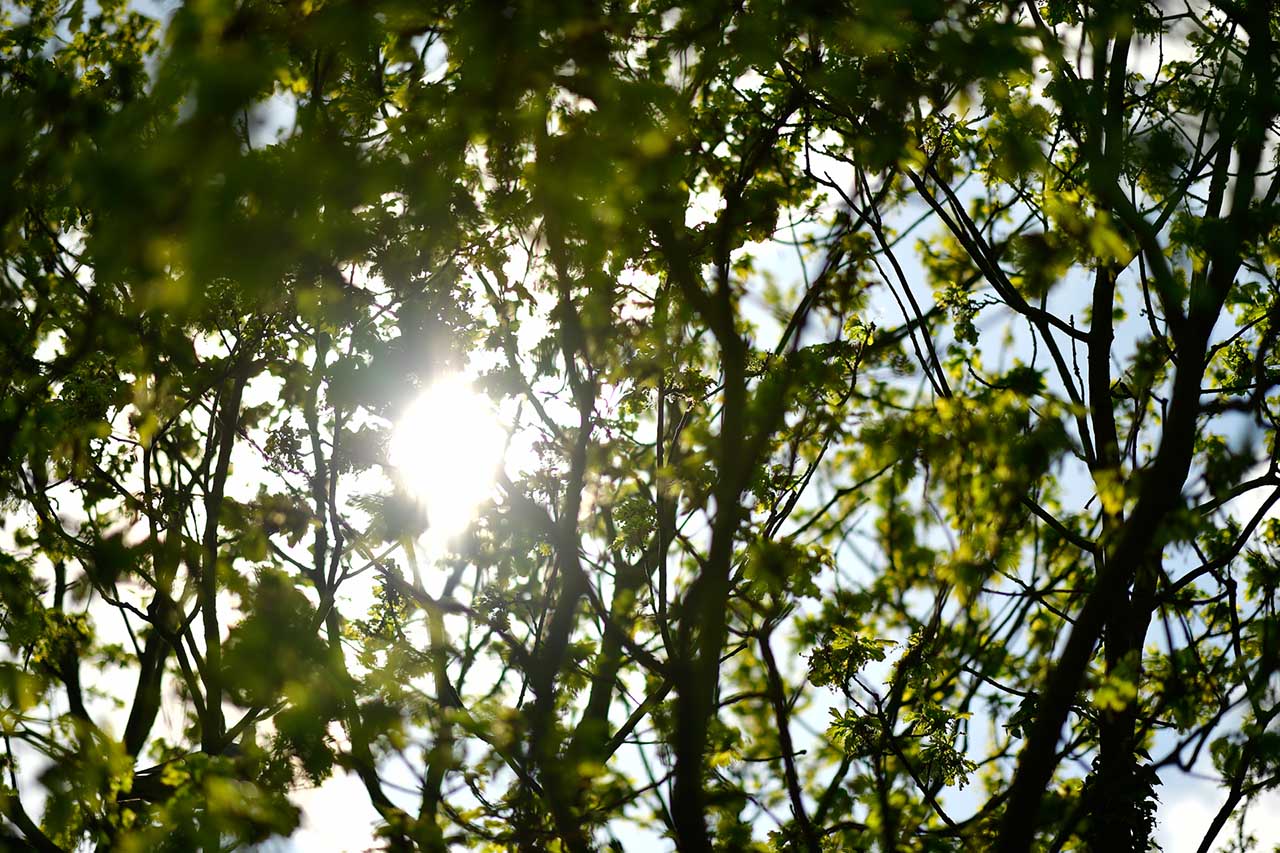
Nikon 105mm f/1.4 mounted on the D5. Exposure 1/8000th, f/1.4, ISO 50
Zooming in to 100% on this backlit shot, chromatic aberration was visible on the jpeg, with noticeable green and purple fringing along the contrast edges. To be fair, it’s in challenging lighting conditions, shot at f/1.4, so not surprising.
Converting the RAW file and processing through Lightroom CC, using the Defringe sliders in the Lens Corrections Manual tab, I was able to almost completely remove it.

Shooting in less challenging lighting, no chromatic aberration was visible in jpeg files, even right in the corners of the frame when shooting at f/1.4.
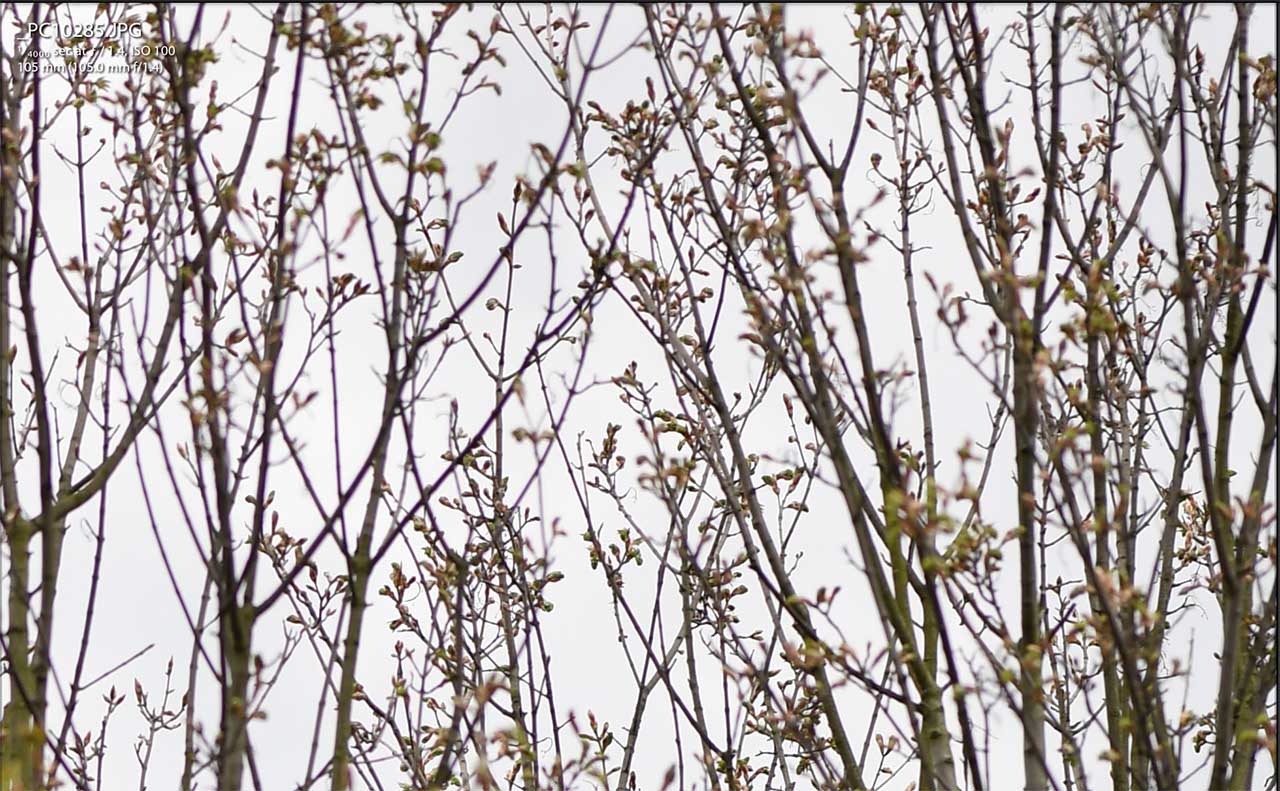
Nikon 105mm f/1.4 mounted on the D5. Exposure 1/4000th, f/1.4, ISO 100. Crop at 100%.
The most prominent artifact using the Nikon 105mm f/1.4 is vignetting – or corner shading – using the wider aperture settings.
Between f/1.4 and f/2.8 some corner shading is visible as the lens can’t project the same intensity of light right in to the corners of the frame. At f/1.4 the vignetting is particularly heavy, but how much of a drawback you consider this is debatable, as it gives an attractive look, especially on portraits.
At f/1.4, with the D5 Vignette control function turned Off, heavy corner shading is evident on the processed jpegs and of course the RAW files. Set to High it’s significantly improved, but if you want vignetting removed completely, processing the RAW files and enabling profile corrections under the Lens Correction tab of Lightroom CC gets rid of it completely.
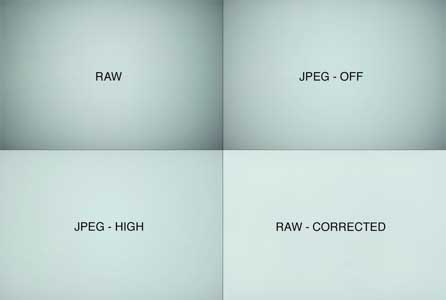
Composite of four images of the same wall. Setting Nikon’s Vignette Control to High significantly reduces corner shading, but to eliminate it enable profile corrections when processing RAW files in Lightroom CC.
Sample Photos
[FAG id=62718]
Verdict
The Nikon 105mm + f/1.4 is a dream lens for portraiture, producing butter-smooth background bokeh. It’s also very useful for shooting events in low light, providing just enough focal length to shoot from a distance, with the wide apertures helping you maintain a decent shutter speed without having to crank the ISO too high.
It’s not the sharpest lens I’ve ever used, but it’s pretty good, especially at the mid-apertures. The big bonus is edge-to-edge sharpness however, as there’s no drop off in the corners, even at f/1.4. All things considered it’s my favorite lens.
My 200mm f/2G VRII and 300mm f/2.8G VRII are sharper, probably thanks to the VR, and also produce nice bokeh, but they’re bigger and heavier, so generally stay in the boot until I’m sure I need them.
The Nikon 105mm f/1.4 comes everywhere with me. I’ve previously owned the 85mm f/1.4G and 135mm f/2D and I didn’t like either as much as the 105mm f/1.4. The 85mm wasn’t quite long enough and the 135mm a bit difficult to use – although it did produce some stunning images when you nailed it.
At £1850 the Nikon 105mm f/1.4 is a significant investment, especially for enthusiasts, but if you shoot lots of portraits, or regularly in low-light, the pay back in image quality is huge. You won’t find my Nikon 105mm f/1.4 on eBay anytime soon.
